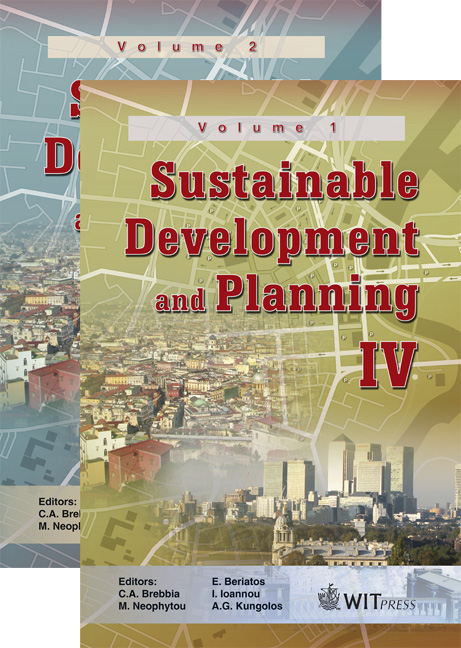Prioritizing Habitat Patches For Conservation In Fragmented Landscapes/townscapes Using Network-based Models And Analyses
Price
Free (open access)
Transaction
Volume
120
Pages
10
Page Range
109 - 118
Published
2009
Size
259 kb
Paper DOI
10.2495/SDP090111
Copyright
WIT Press
Author(s)
Ö. Bodin
Abstract
To preserve biodiversity in highly fragmented landscapes, it is crucial to conserve and possibly improve the connectivity among remaining habitat patches. However, multiple users are competing for a limited amount of land, and conservation efforts subsequently need to be efficiently directed to maximize biodiversity given limited resources. In terms of connectivity, this could be expressed as to which habitat patches do we really need to preserve, and which patches could we lose without facing any significant negative effects on connectivity? Network-based models of fragmented landscapes provide for comprehensive visualizations and analyses of landscape connectivity that could help in prioritizing habitat patches for conservation. This is especially valuable in a planning context where many different types of agents are typically involved, thus emphasizing the importance of being able to present key ecological implications of different spatially explicit habitat configurations in a easily understandable way. Here, three different aspects of landscape connectivity are presented, all suggested as being particularly suitable for network-based modeling approaches. These are: (i) estimating to what degree the landscapes spatial configuration enables re-colonization following local extinctions; (ii) identifying clusters of patches that together form sufficient habitat; and (iii) identifying key-stone patches that are crucial in providing connectivity. Keywords: habitat patches, land use planning, network models, landscape fragmentation, graphs.
Keywords
habitat patches, land use planning, network models, landscapefragmentation, graphs.





